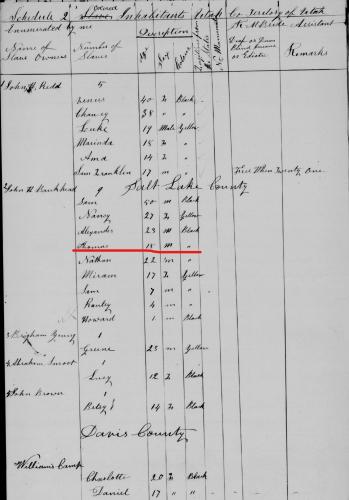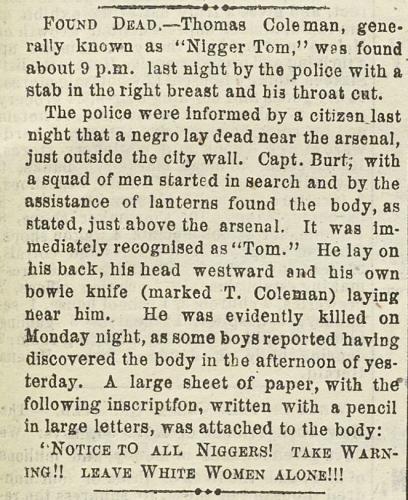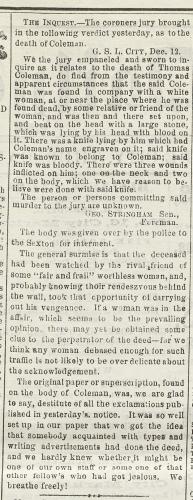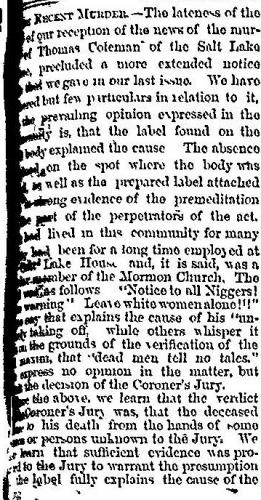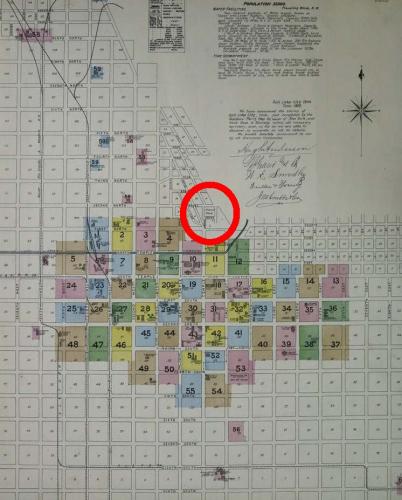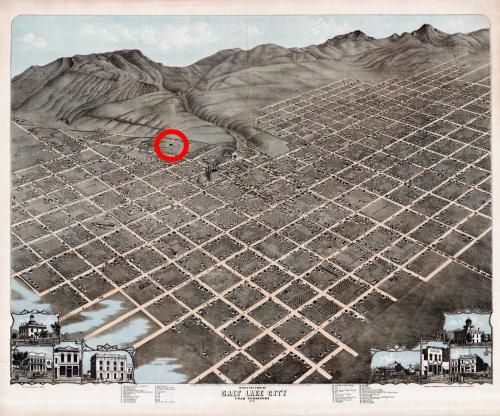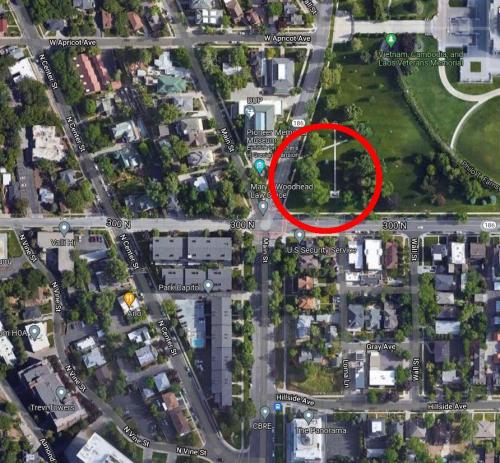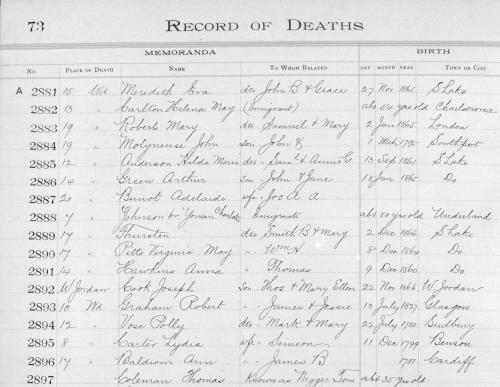Thomas Coleman
The Life and Murder of Thomas Coleman
Life
Thomas Coleman is thought to have arrived in Salt Lake City in 1848 possibly enslaved to John and Nancy Crosby Bankhead, converts to the Church of Jesus Christ of Latter-day Saints from Mississippi. It is possible that Thomas was baptized a Latter-day Saint in Mississippi around the time his enslavers converted but membership records do not survive to definitively make that determination. A Salt Lake City newspaper reported that he was a member of the Church at the time of his murder. He was likely known as Thomas Bankhead in early records, but used Coleman (sometimes Colburn) as his surname following emancipation. He subsequently worked for Brigham Young at the Salt Lake House hotel in downtown Salt Lake City. Coleman was born circa 1833 likely in Mississippi and died in Salt Lake City at the approximate age of 35.
Lynching
The exact circumstances surrounding Coleman’s murder remain a mystery. What is known is that on the afternoon of December 11, 1866, several boys playing on Arsenal Hill overlooking Salt Lake City found his body dumped next to the Arsenal building there. The ensuing coroner's inquest concluded that Coleman was "beat on the head with a large stone, which was lying by his head with blood on it." With his own knife, Coleman was also stabbed in the chest twice and his throat was cut. A sign was left on his body that read, “Notice to all Niggers. Take warning. Leave white women alone.” (Latter-day Saint leaders at the time were vehemently opposed to interracial marriage, making it illegal in the territory of Utah starting in 1852.)
The Salt Lake Telegraph reported that Coleman was "found in company of a white woman" and then speculated that a "rival friend" of the woman must have took vengeance on Coleman after learning of their rendezvous outside the Arsenal wall. In this version of events Coleman was killed for violating racial boundaries. The coroner’s jury concluded that those who committed “said murder to the jury are unknown” and no one was held accountable. An editorial in The Daily Union Vedette (a newspaper published by soldiers stationed at nearby Ft. Douglas) criticized the nature of the investigation and the conclusions of the jury. The Vedette pointed to the sign left on Coleman's body as evidence of premeditation and remained unconvinced that the murder was happenstance. In either case, the public dumping of Coleman's body with the attached placard was clearly calculated to enforce racial segregation and terrorize those who might contemplate violating it. Following the coroner's inquest, Coleman’s body was buried in the pauper’s section of the Salt Lake City Cemetery.
Lynching Site
The Arsenal building no longer exists. It was destroyed a decade after Coleman’s murder in an explosion. Maps from that era, however, do exist, which allows for identifying with good proximity the location where Coleman’s body was found. Arsenal Hill is now Capitol Hill, the site of the Utah State Capitol building. The Arsenal building sat just to the North and East of what is now the intersection of 300 North and Main Street. That particular spot is currently green space associated with the Capitol building grounds.
Sources
"Found Dead," Salt Lake Daily Telegraph and Commercial Advertiser, 12 December 1866, 3.
“Murder,” The Daily Union Vedette, 12 December 1866, 2.
"The Inquest," Salt Lake Daily Telegraph and Commercial Advertiser, 13 December 1866, 2.
“The Recent Murder,” The Daily Union Vedette, 13 December 1866, 3.
“The Killing of Thos. Coleman Monday Night”, The Daily Union Vedette, 15 December 1866 (Saturday Morning edition).
Salt Lake County Death Records (1849-1949), #2897 reads: “Coleman, Thomas; also known as ‘N****r Tom’, about 35 years old, found murdered near the arsenal, buried in Pottersfield”
Reeve, Paul and Patrick Mason (2018), “Commentary: Mormons Know What It’s Like to be a Persecuted Minority—So Pass a Hate-Crime Law for Utah”, The Salt Lake Tribune, 25 February 2018.

